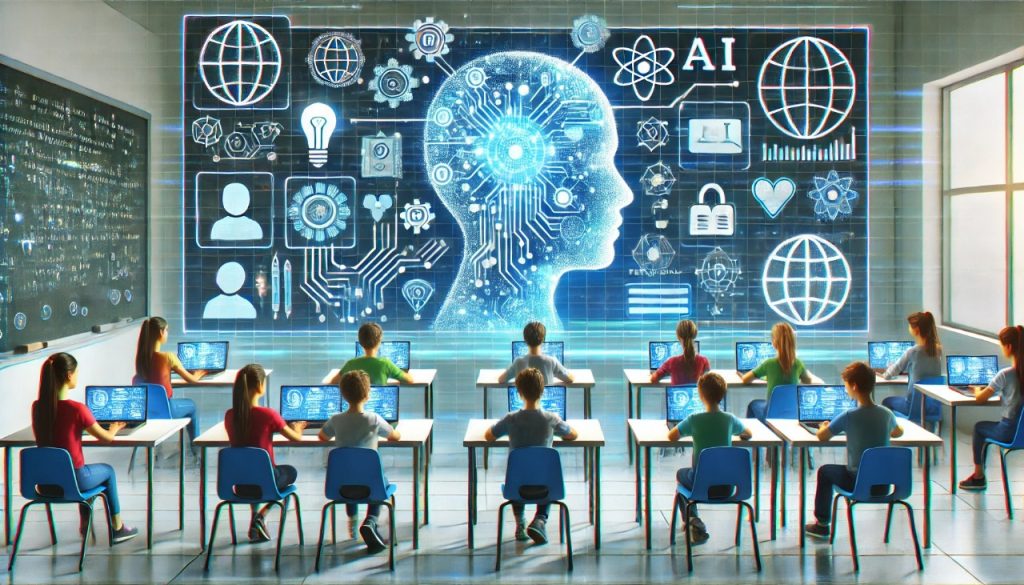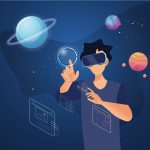Personalized learning—tailoring education to individual needs—has long been an educational ideal. With Artificial Intelligence (AI), this vision is now a reality. From K-12 classrooms to corporate training, AI is reshaping how we learn by adapting to each person’s pace, strengths, and weaknesses. Here’s how AI is driving this revolution:
1. What Is AI-Powered Personalized Learning?
AI analyzes vast datasets (e.g., quiz scores, time spent on tasks, click patterns) to create unique learning pathways. Unlike one-size-fits-all curricula, AI adjusts content difficulty, recommends resources, and predicts knowledge gaps in real time.
Example:
- DreamBox Learning: This math platform for K-8 students uses AI to modify problems based on a student’s mouse movements and hesitation. If a child struggles with fractions, the system offers visual aids or simpler questions.
2. Adaptive Learning Platforms Leading the Charge
Adaptive learning tools are AI’s most visible application in education. These platforms dynamically respond to learner behavior:
- Knewton Alta: Used in higher education, Alta’s AI breaks down subjects like calculus into micro-lessons. It identifies misconceptions and reteaches concepts until mastery.
- Century Tech: This UK-based tool combines neuroscience and AI to create “brain-friendly” lessons. It reduces cognitive overload by pacing content to match attention spans.
Stat Alert:
A 2023 report by eSchool News found that schools using adaptive AI tools saw a 34% increase in standardized test scores compared to traditional methods.
3. AI Tutors: 24/7 Support for Students
AI-powered chatbots and virtual tutors provide instant help, mimicking human tutors:
- Squirrel AI: Popular in China, this tool diagnoses learning gaps through diagnostic tests and assigns customized video lectures.
- Carnegie Learning’s MATHia: This AI tutor offers step-by-step guidance, praising correct answers and explaining errors in real time.
Case Study:
In a pilot program at Arizona State University, students using AI tutors achieved 20% higher grades in STEM courses than peers relying solely on human instructors.
4. Personalized Feedback at Scale
Grading 100 essays is time-consuming, but AI streamlines this:
- Grammarly for Education: Detects grammar errors and suggests improvements while tracking progress over time.
- Turnitin’s Revision Assistant: Provides instant feedback on essay structure, helping students refine drafts before submission.
Teacher Perspective:
“AI tools let me focus on creative teaching instead of grading,” says Sarah Lin, a high school English teacher in California.
5. Addressing Learning Disabilities with AI
AI is a lifeline for students with dyslexia, ADHD, or autism:
- Microsoft’s Immersive Reader: Uses AI to highlight text, read aloud, and adjust fonts for dyslexic learners.
- Brainly’s AI Moderation: Filters out incorrect answers on its Q&A platform, ensuring reliable support for struggling students.
Impact:
A Stanford study (2023) found that AI tools reduced frustration levels in students with ADHD by 48% through bite-sized, interactive lessons.
6. Ethical Considerations and Challenges
While promising, AI in education raises concerns:
- Data Privacy: Platforms collect sensitive data (e.g., biometrics, learning patterns). Robust encryption and transparent policies are critical.
- Bias in Algorithms: If trained on non-diverse data, AI may reinforce stereotypes. Initiatives like UNESCO’s AI for Education are working to mitigate this.
The Future of AI in Education
By 2025, the global AI education market is projected to hit $6 billion (HolonIQ). Expect advancements like:
- Emotion AI: Cameras and sensors detect student frustration or boredom, prompting course adjustments.
- Predictive Analytics: Schools will identify at-risk students earlier, intervening before they fall behind.
Conclusion
AI isn’t replacing teachers—it’s empowering them. By automating repetitive tasks and personalizing instruction, educators can focus on mentorship and creativity. For learners, AI means education that adapts to them, not the other way around.



